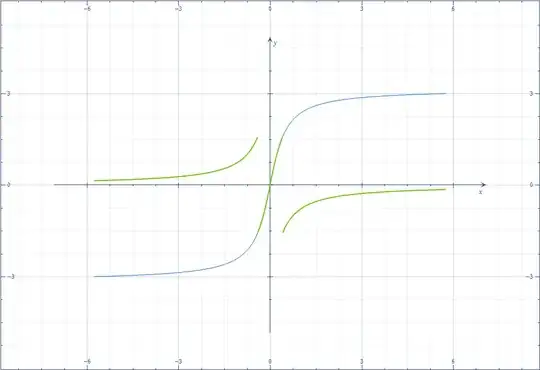Simplify $f(x) = \arctan(2x) + \arctan(3x)$
I had a go at it and this is what I got to :
We have: $-\pi<\arctan(2x)+\arctan(3x)<\pi$
Let $a=\arctan(2x)$ and $b=\arctan(3x)$
Then I cut it into different intervals :
$-\pi<a+b<-\pi/2$
$-\pi/2<a+b<\pi/2$
$\pi/2<a+b<\pi$
In the Interval $(-\pi/2, \pi/2)$ :
I got : $$\tan(a+b) = \frac{a+b}{1-\tan(a)\tan(b)} = \frac{5x}{1-6x^2}$$
So: $$\arctan(\tan(a+b)) = \arctan\left(\frac{5x}{1-6x^2}\right)$$
$$\implies a+b = \arctan\left(\frac{5x}{1-6x^2}\right)$$
So that means that : $$\arctan(2x)+\arctan(3x) = \arctan\left(\frac{5x}{1-6x^2}\right) \in \ (-\pi/2, \pi/2)$$
And I get stuck here not knowing what to do. Can I please get some help on how I can simplify this better and/or the correct way?
